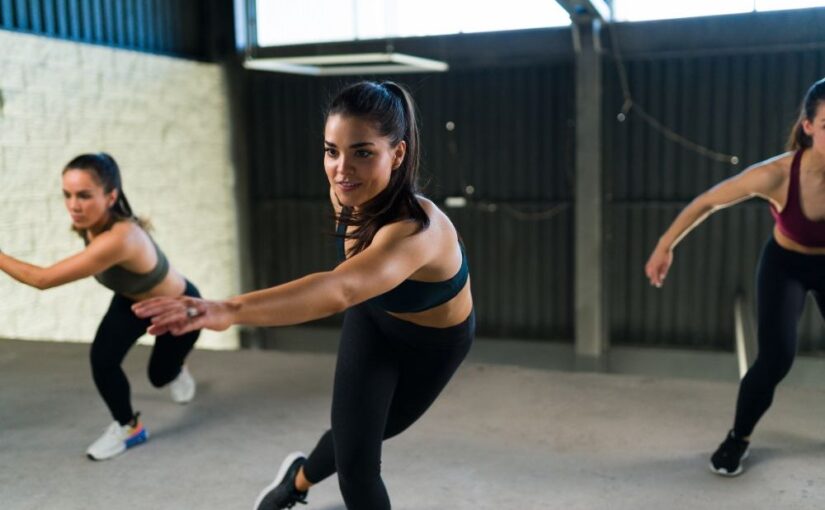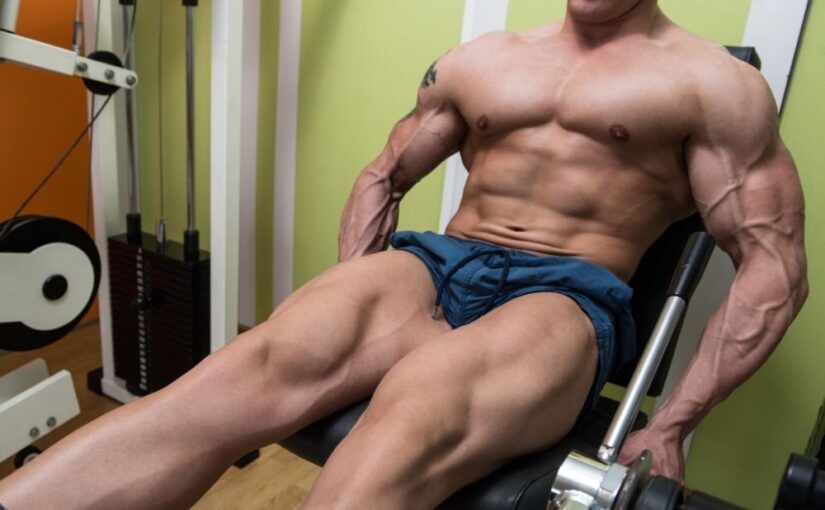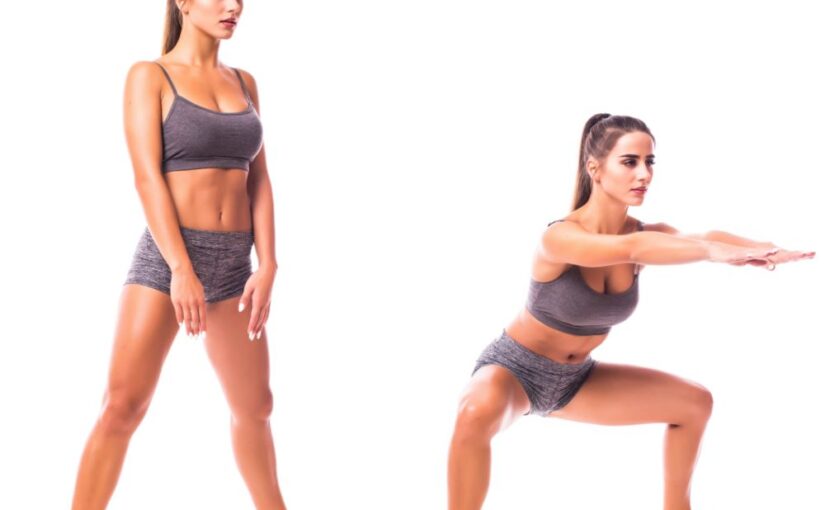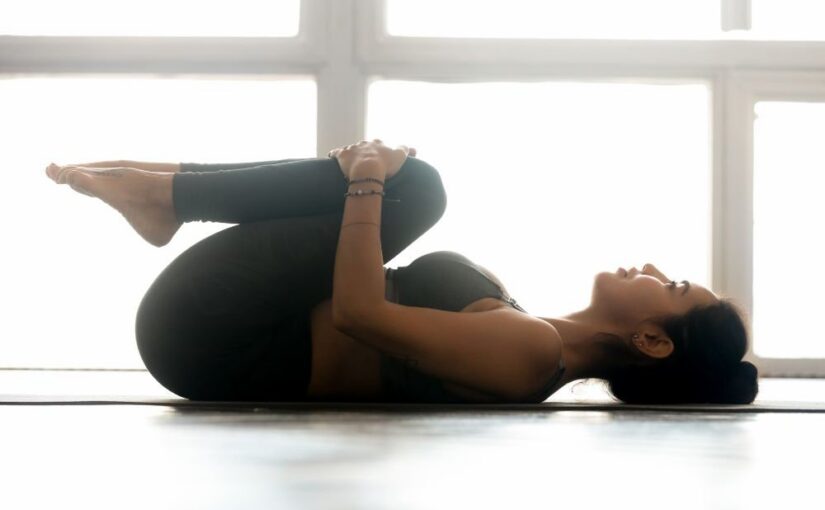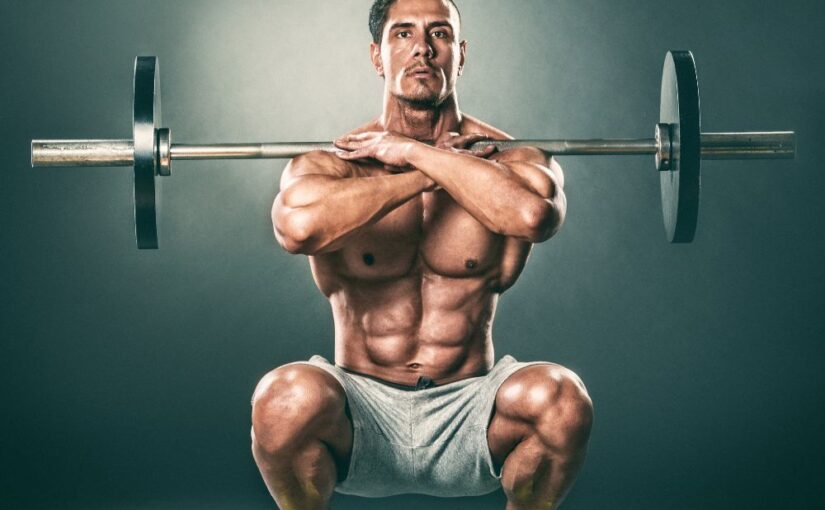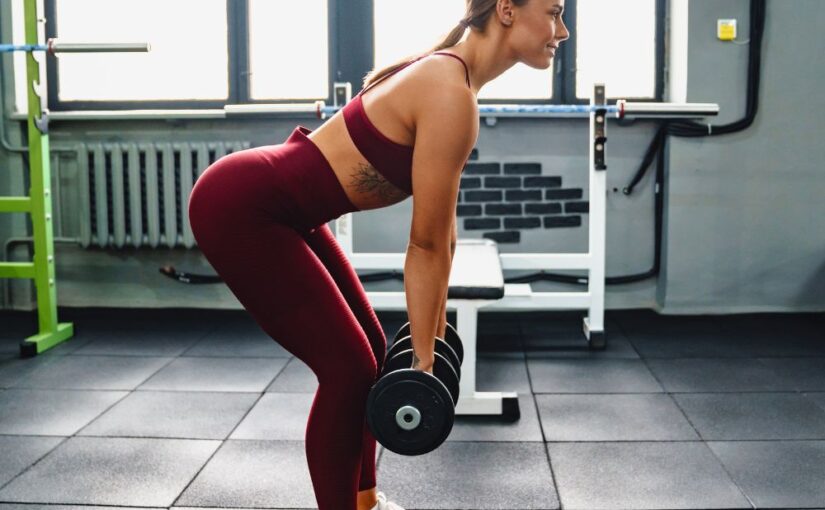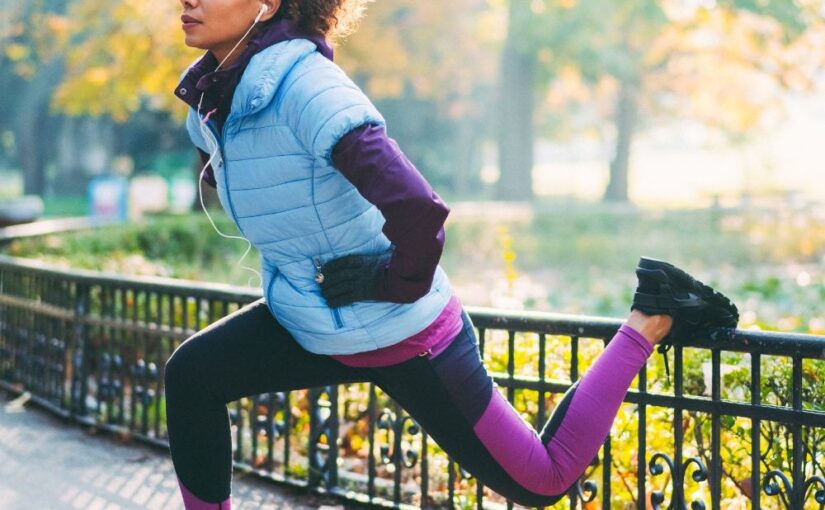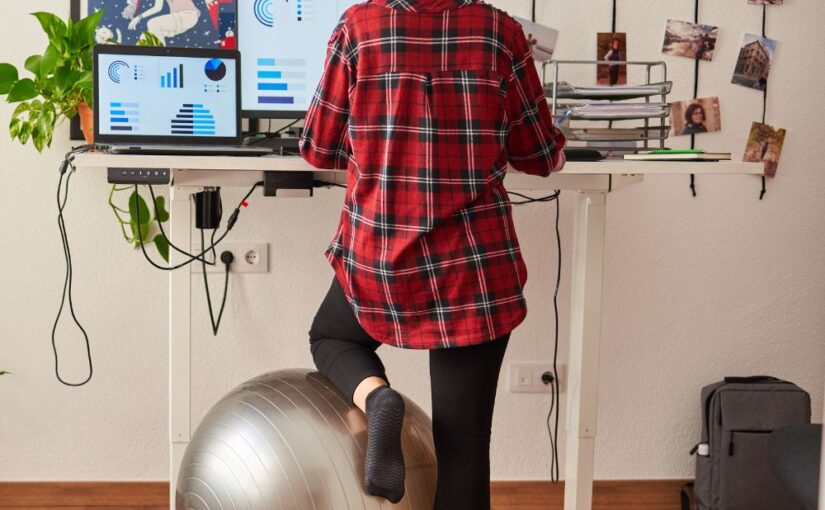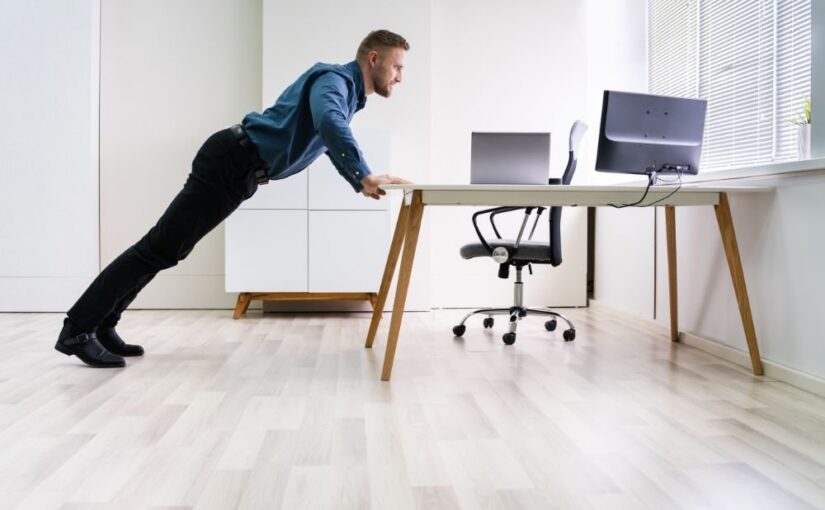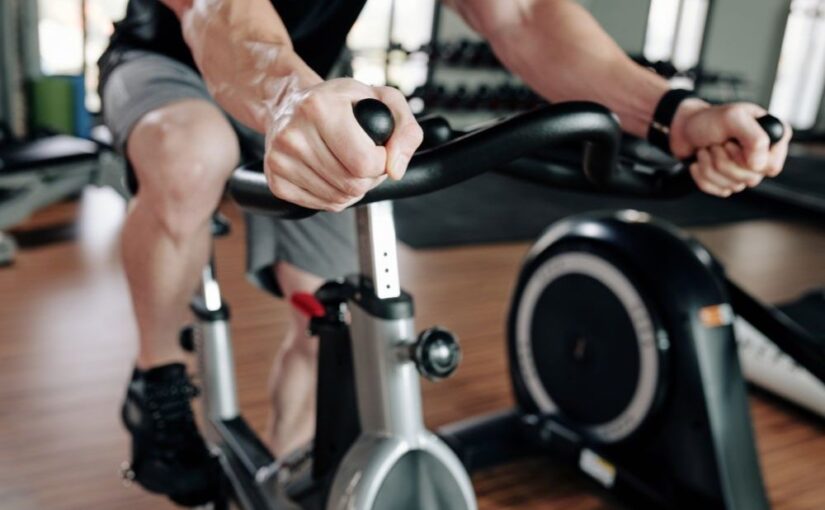Metabolism is the process by which your body turns food to energy. A higher metabolic rate means you burn more calories, which can aid in weight management and improve overall energy levels. Whether you’re looking to lose weight, gain energy, or simply enhance your health, there are several effective strategies to increase your metabolism. Here’s a guide to help you rev up your body’s calorie-burning engine.
1. Incorporate Strength Training
One of the most effective ways to boost metabolism is building muscle. Muscle tissue burns more calories at rest than fat tissue, thus having more muscle means burning more calories throughout the day.
Tips:
- Aim for at least two days a week of strength training, focusing on all major muscle groups.
- Include exercises such as squats, lunges, deadlifts, and bench presses.
- Gradually increase weights and resistance to continue challenging your muscles.
2. Engage in High-Intensity Interval Training (HIIT)
HIIT workouts alternate between short bursts of intense exercise and periods of rest or lower-intensity exercise. This type of training can elevate your metabolism for hours after the workout is finished.
Tips:
- Include HIIT sessions 1-2 times per week.
- Example routine: 30 seconds of sprinting followed by 1 minute of walking, repeated for 15-20 minutes.
3. Stay Active Throughout the Day
Adding more activity to your regular routine might help keep your metabolism active. This concept, known as NEAT (non-exercise activity thermogenesis), includes all the calories you burn through daily activities other than exercise.
Tips:
- Take the stairs instead of the elevator.
- Stand or walk while on phone calls.
- Aim for short walks during breaks or lunch.
4. Eat Enough Protein
Including protein in your diet can temporarily boost metabolism due to the thermic effect of food (TEF), which refers to the energy required to digest, absorb, and process nutrients.
Tips:
- Strive to include protein-rich foods in every meal, such as lean meats, fish, eggs, dairy, legumes, and nuts.
- Consider a protein-rich snack post-workout to aid recovery and muscle synthesis.
5. Drink Plenty of Water
Staying hydrated is essential for optimal metabolic function. Drinking cold water can briefly boost metabolism as your body works to heat it to body temperature.
Tips:
- Aim for at least 8 cups (2 liters) of water a day, adjusting based on activity levels and climate.
- To help manage your hunger, try drinking a glass of water before each meal.
6. Get Enough Sleep
Insufficient sleep can impact your metabolism negatively and increase the risk of weight gain. Lack of sleep impacts the hormones that control appetite, which can result in heightened cravings for unhealthy foods.
Tips:
- Strive for about 7-9 hours of quality sleep per night.
- Create a consistent sleep schedule along with a relaxing bedtime routine.
7. Drink Green Tea or Coffee
Both green tea and coffee can boost metabolism temporarily due to their caffeine content and other compounds. Caffeine can enhance fat oxidation and improve exercise performance.
Tips:
- Drink 1-2 glasses of green tea or coffee each day.
- Consider green tea extract as a supplement, but consult with a healthcare provider first.
8. Manage Stress
Chronic stress can induce hormonal imbalances that hinder metabolism, typically increasing cortisol levels, which may contribute to weight gain, particularly around the waist.
Tips:
- Engage in stress-relieving activities like yoga, meditation, and deep breathing exercises.
- Find hobbies or activities that you enjoy to unwind.
Conclusion
Increasing your metabolism is a multifaceted approach that involves diet, exercise, and lifestyle changes. By incorporating strength training, staying active, consuming enough protein, and prioritizing hydration and sleep, you can effectively boost your metabolic rate. Remember that individual results may vary, and it’s important to adopt strategies that work best for your lifestyle. With commitment and consistency, you can enhance your body’s energy-burning capabilities and support your overall health.

